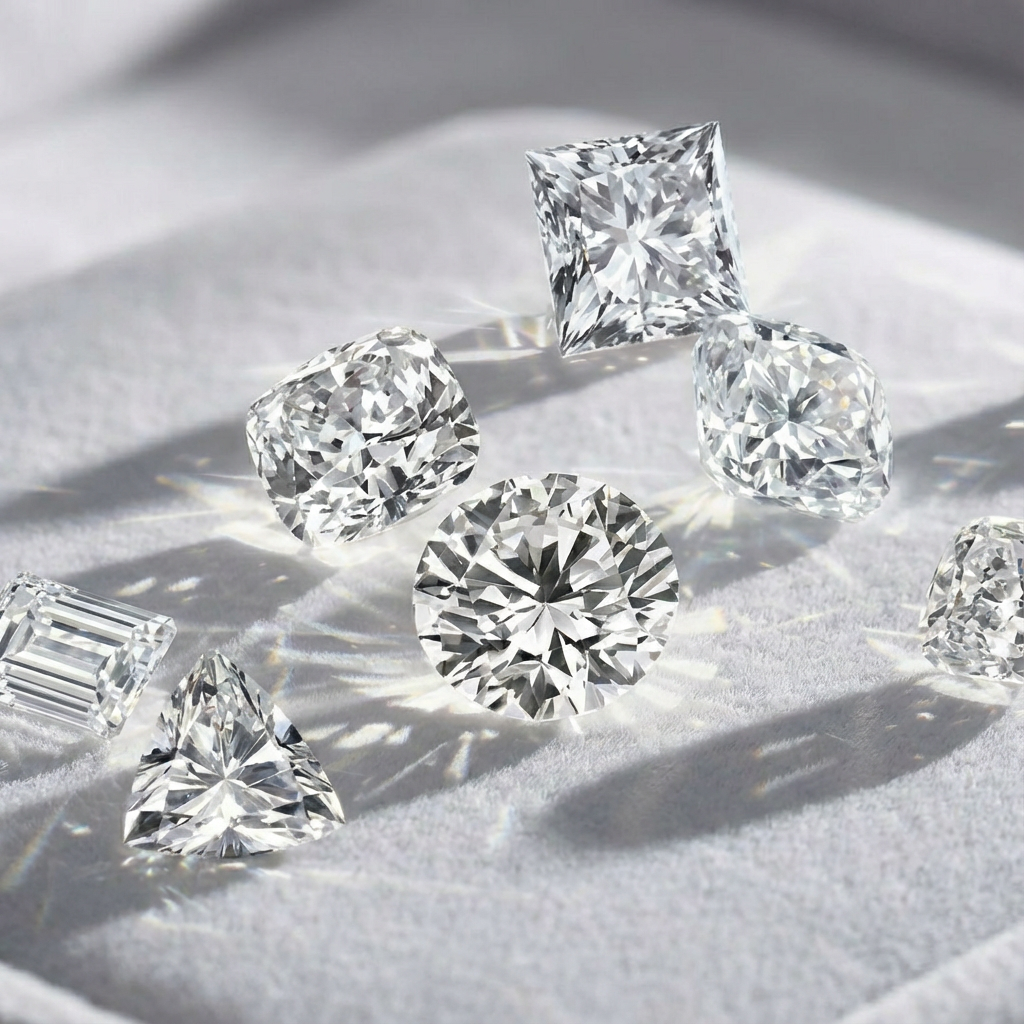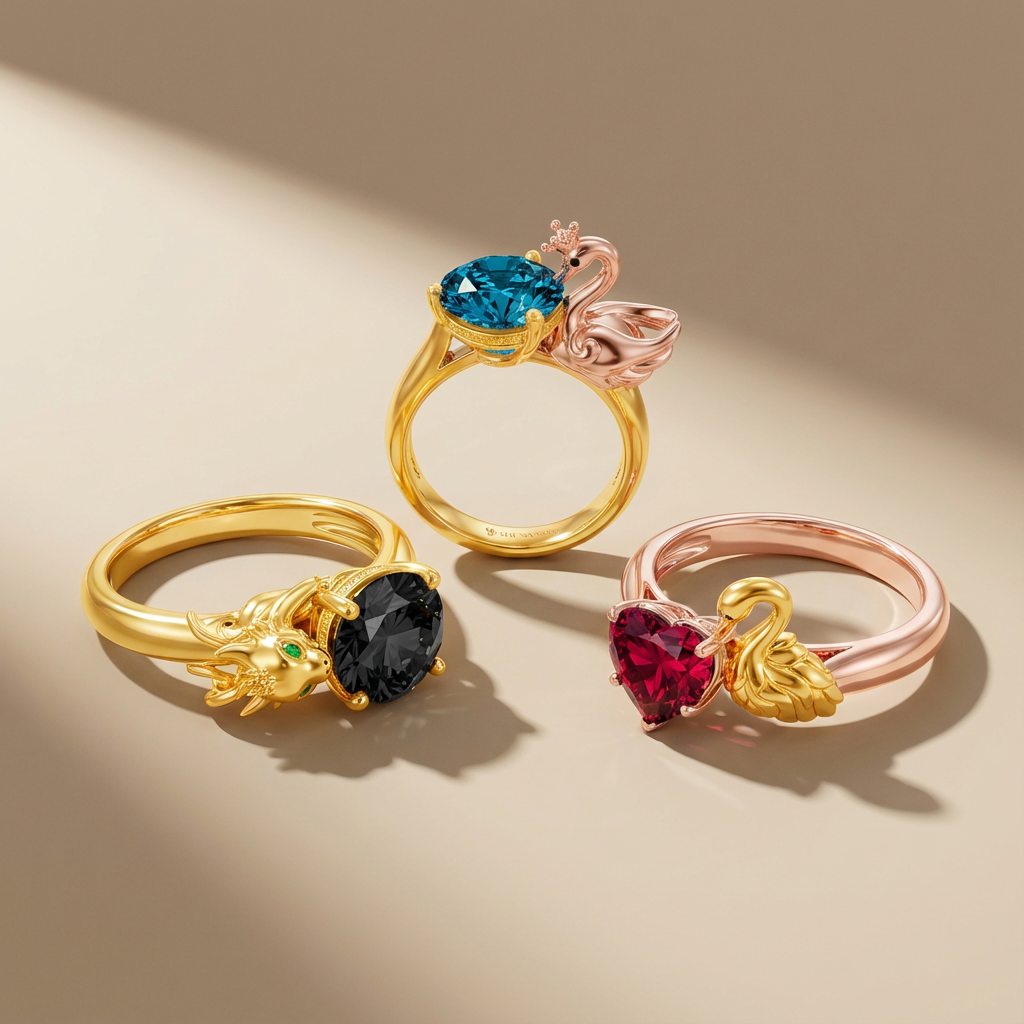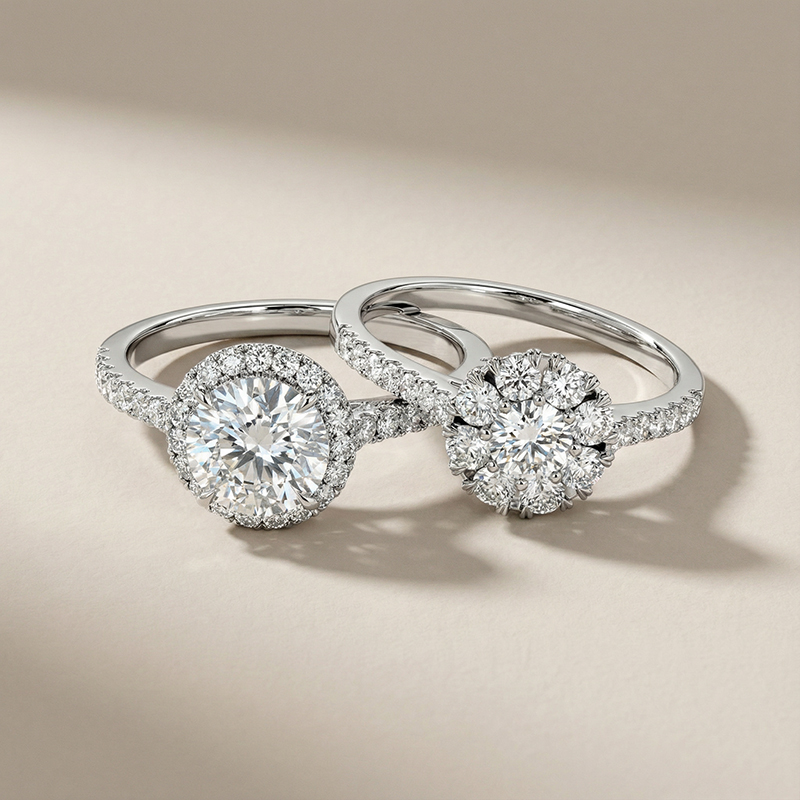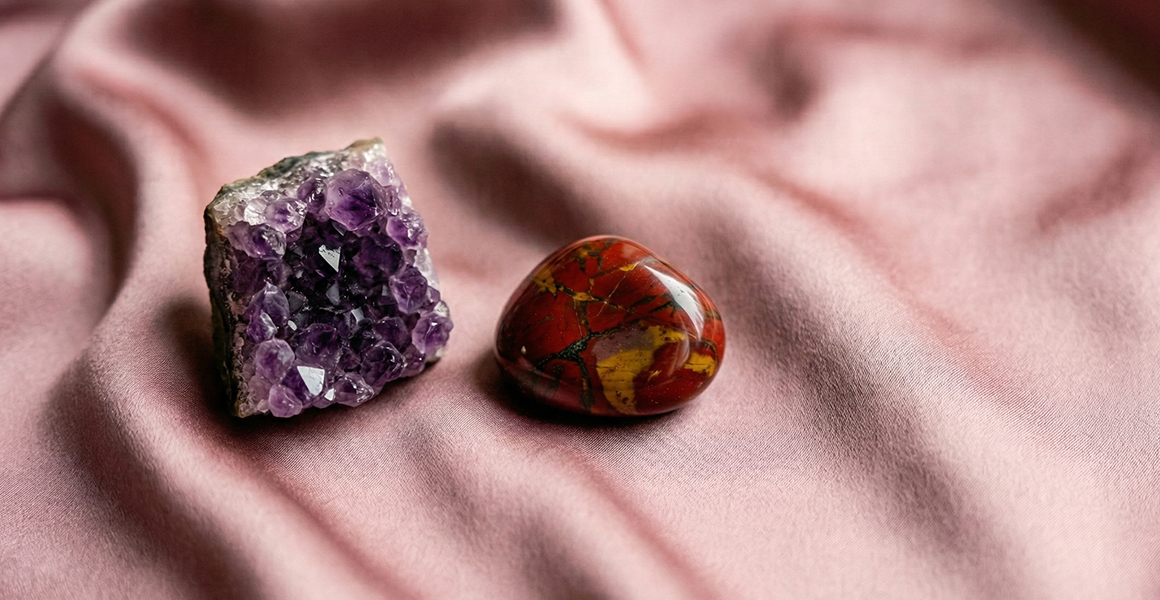As the birthstone of October, tourmaline holds a special significance for those born in this enchanting month. It is a mesmerizing gemstone that comes in an array of captivating varieties. From the deep black elegance of schorl to the vibrant hues of elbaite, liddicoatite, dravite, and uvite, each variety possesses its unique charm. Now, follow SHE.SAID.YES to delve into the captivating and diverse world of tourmaline gemstones.
1. Schorl
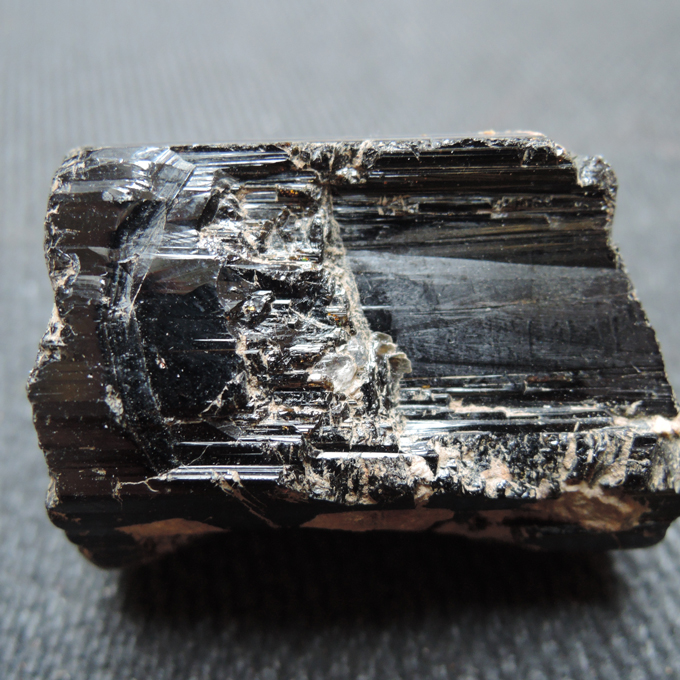
Schorl, a black variety of tourmaline, is a mineral in various geological environments, such as granite, pegmatites, and metamorphic rocks. The name “schorl” is derived from a German word meaning “village” or “district” due to its widespread occurrence. People highly value it for its aesthetic appeal and widely use it in jewelry. Additionally, schorl possesses unique properties that make it valuable in scientific applications, thanks to its piezoelectric characteristics. Beyond its practical uses, people also believe schorl has metaphysical properties, such as providing protection and grounding, as well as absorbing negative energy. These qualities make it popular among those seeking a sense of calmness and stability.
2. Elbaite
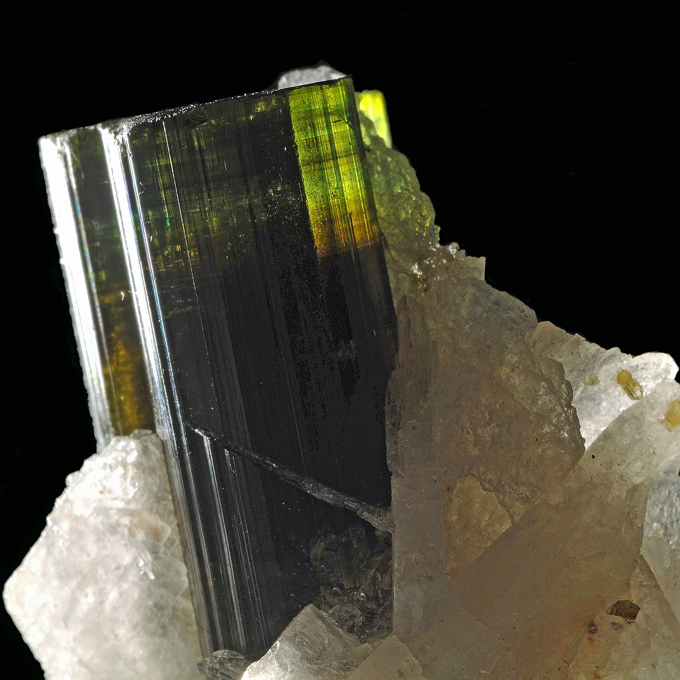
Elbaite gets its name from the island of Elba in Italy, where it was first discovered. This mineral, renowned for its striking and vibrant colors, is prominent in the world of gemstones. Notably, it offers a wide range of hues, including captivating shades of green, blue, pink, and even multicolored varieties. These exceptional color variations result from various trace elements present within its crystal structure. Furthermore, elbaite’s visual allure is derived from its unique physical properties. For instance, it possesses a high refractive index and exhibits strong pleochroism. As a result, elbaite continues to captivate and inspire both scientists and admirers of natural beauty with its captivating colors and exceptional gemstone quality.
3. Liddicoatite
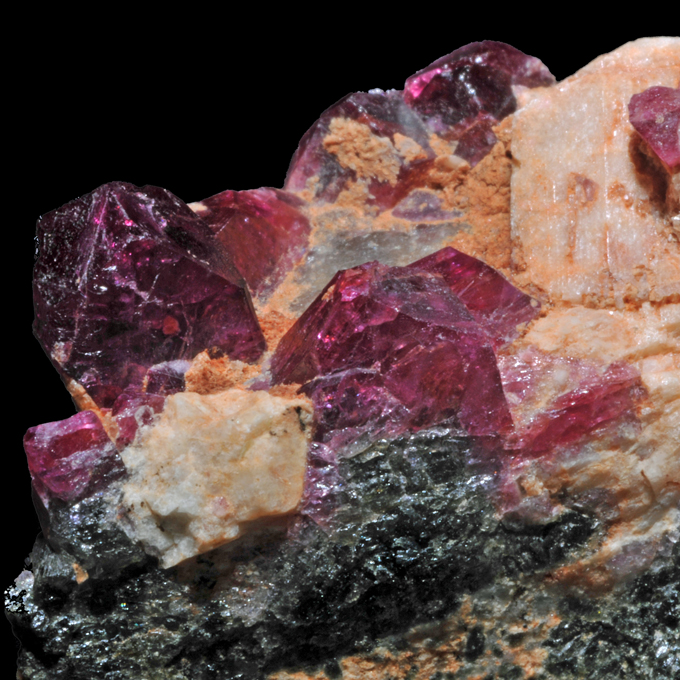
Liddicoatite derives its name from Richard T. Liddicoat, a renowned gemologist and former president of the Gemological Institute of America (GIA). This highly valued mineral exhibits pleochroism, displaying different hues when viewed from different angles, adding to its visual allure. Meanwhile, liddicoatite crystals typically appear as elongated prismatic shapes with parallel striations. Found in various locations worldwide, such as Madagascar, Brazil, Afghanistan, and the United States, liddicoatite is a sought-after gemstone for its rarity and aesthetic qualities. Furthermore, people often cut and facet it into gemstones. And then use it in various jewelry pieces, like rings, pendants, earrings, and more.
4. Dravite
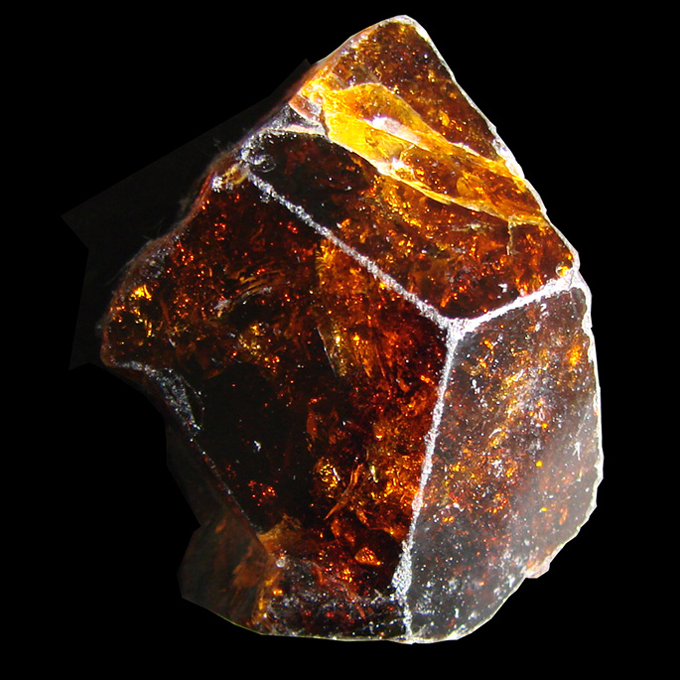
Dravite, also one of the captivating varieties of tourmaline, showcases warm and earthy colors ranging from golden brown to deep chocolate brown. The brown variety is the most common and is often referred to as “brown tourmaline” or “chocolate tourmaline.” This name originates from its discovery near the Drava River in Austria. Dravite’s rustic charm appeals to nature lovers and collectors, thanks to its rich color palette and high luster, making it ideal for stunning jewelry designs. Additionally, people believe that Dravite possesses grounding and protective energies, fostering a sense of stability and security.
5. Uvite
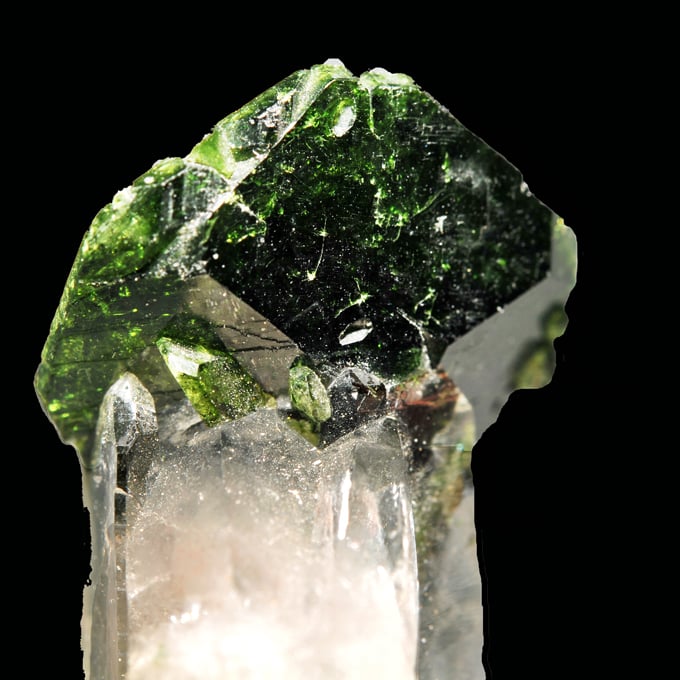
Uvite, another fascinating gemstone mineral from the tourmaline group, is popular for its diverse range of colors and crystal formations. It commonly occurs in shades of green, brown, and black, but it can also exhibit rare colors such as pink and yellow. Its name, derived from the Latin word “uva” meaning grape, refers to its characteristic grape-like clusters. It typically occurs in metamorphic rocks, often associated with other minerals like quartz and feldspar. Uvite’s vibrant colors, excellent transparency, and unique crystal formations make it highly sought after by collectors and gemstone enthusiasts.




